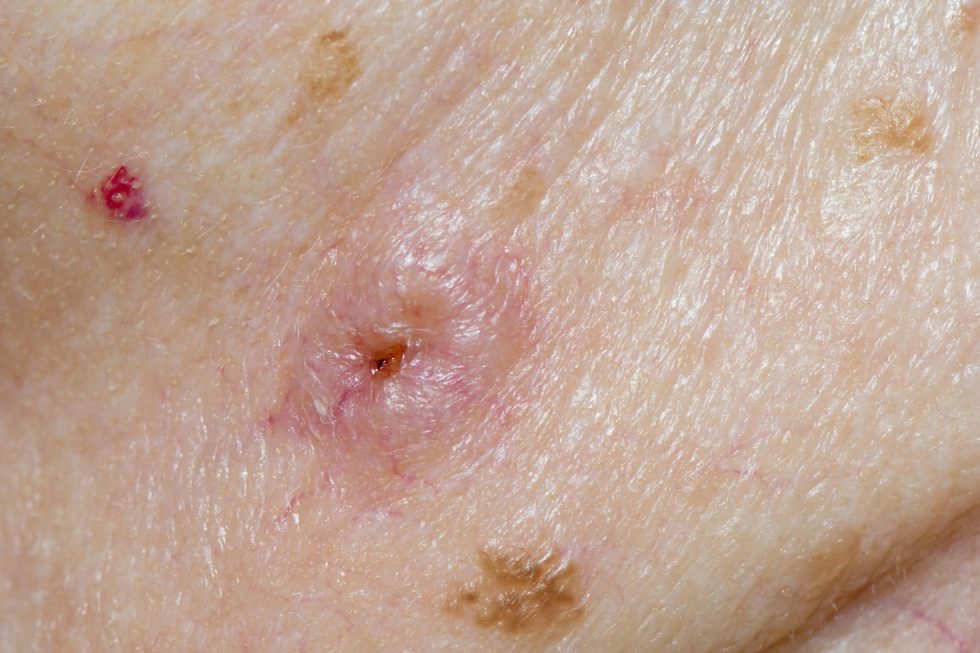Squamous Cell Carcinoma is the second most common type of cancer in Australia. This cancer starts in the outer layers of the skin, and it is very slow growing. In 2016, there were over 2,500 skin cancer treatments each day.

Squamous Cell Carcinoma is a type of skin cancer that develops in the outer layers of an individual’s skin or the epidermis. If a person’s skin cells start to grow at a rapid pace, or if they overgrow, Squamous Cell Carcinoma can develop. It can present in several ways such as a scaly red patch, an elevated growth with a depression in the middle, warts, or open sores. They may also crust over and bleed.
This type of skin cancer can be found all over a person’s body but it tends to be found more often in places that are more exposed to the sun on a regular basis.
If you have an irregular spot that is causing you to worry, it is best to make an appointment at My Skin Centre. They are located throughout Perth, and their staff is trained in diagnosing and treating skin cancers like Squamous Cell Carcinoma.
Once you make your appointment, one of the trained staff at My Skin Centre will look at the mole or spot that is causing you to worry and they’ll perform a Dermoscopy. This process will take around three minutes from start to finish, and it’ll allow the physician to see any colourless lesions that may be present under a microscopic lens. The physician at My Skin Centre may also perform a biopsy of your spot or mole. It may be a shave biopsy or a complete punch removal depending on the size and the severity of the area. This biopsy takes 10 to 15 minutes from start to finish, and there should only be minimal pain and healing time. This sample will be sent out to a pathology lab, and a staff member will contact you within 3 to 5 days. If it is cancerous, they’ll advise you of a treatment plan.
If the staff at My Skin Centre contact you and tell you that your mole or spot is Squamous Cell Carcinoma, they can start you on a treatment regimen that is tailored to you to get rid of the cancerous spot. It’ll most likely start with a new Dermoscopy exam every three months. This will allow the physicians to monitor your Squamous Cell Carcinoma’s growth and the aggression level. The staff can also perform:
The staff at My Skin Centre are fully qualified to perform a skin cancer screening if you have a spot that is bothering you. There are nine clinics conveniently placed throughout Perth and the South West, and you can call to book an appointment. The staff will be more than happy to set up a time that is convenient for you to get your screening and get you back to enjoying your life.
With multiple locations throughout Perth and the South West there is a clinic near you!